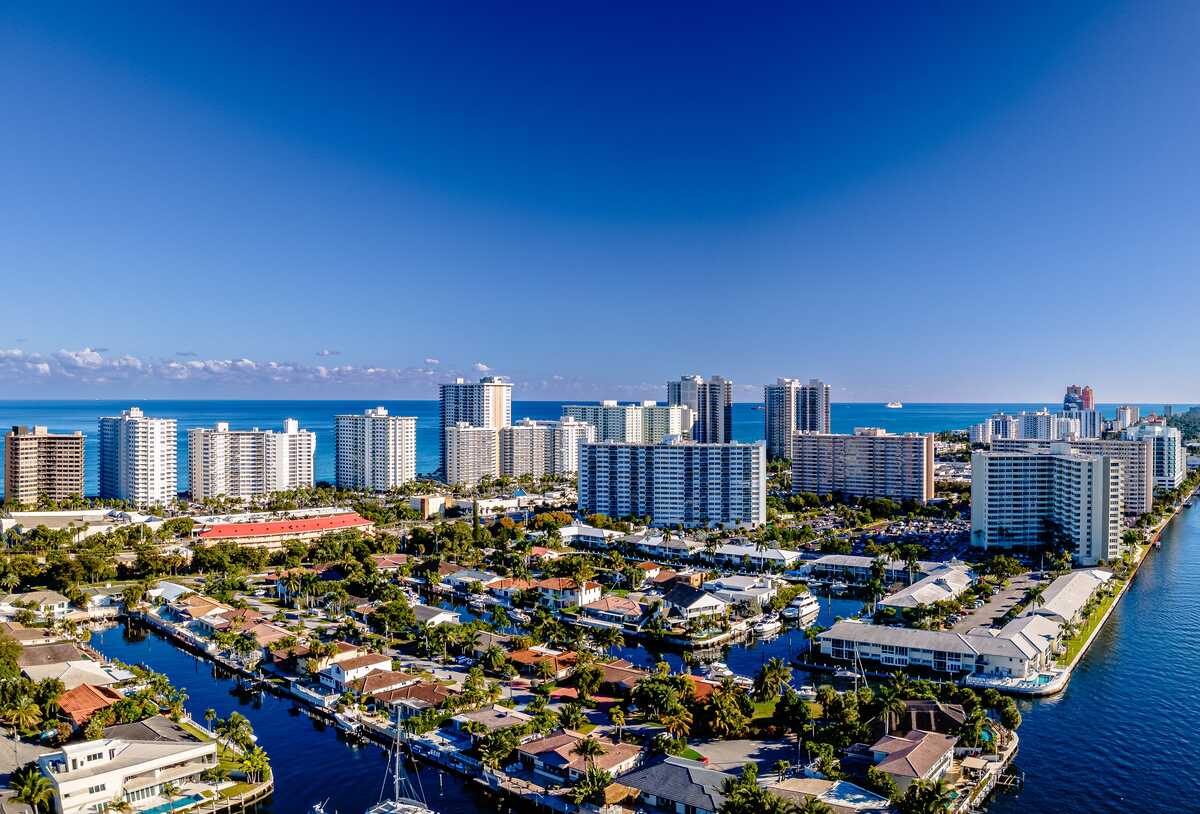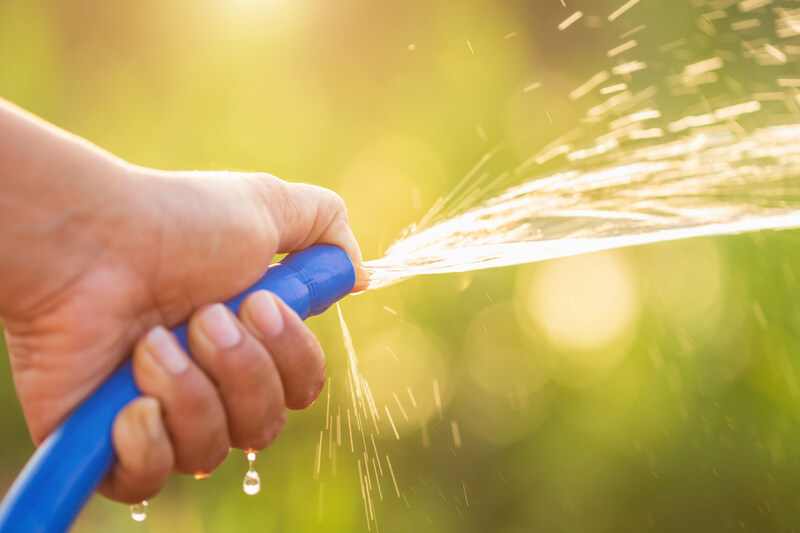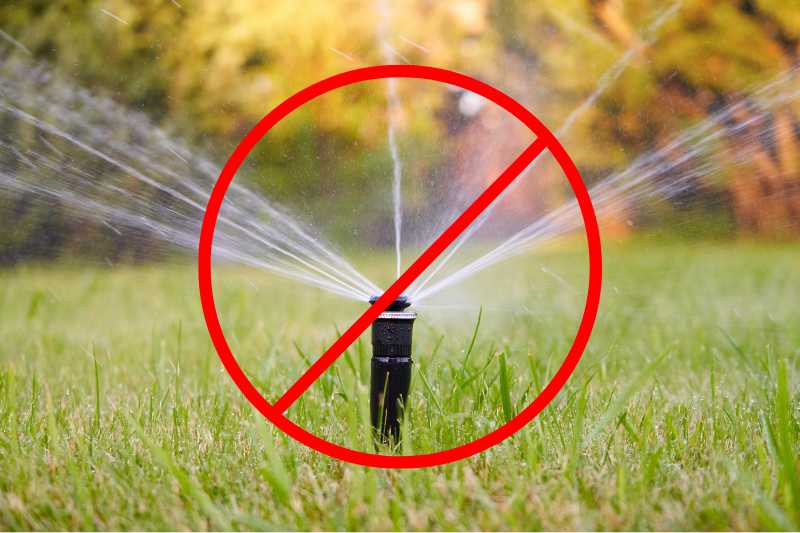
In the Sunshine State, forget about leaving your lawn without water during the winter months. How often should you water your Florida lawn in winter? Once or twice a week, without fail.
In other regions of the U.S., winter is a time to hang up the hose and give the lawn and yourself a well-deserved break. But in Florida, the rule changes. The golden rule: if it’s not raining, your lawn needs about an inch of water per week. However, your type of grass, soil, and overall lawn health can influence how often you water.
How Often to Water Your Lawn in Winter

Every lawn has its own characteristics and needs, influenced by factors like the type of grass, the soil, its overall condition, and even the weather. Generally, the golden rule is to water once or twice a week, making sure your lawn receives a total of 1 inch of water. If rain is in the forecast, you may have to water once a week or not at all to avoid overwatering.
Overwatering during the winter can invite common pests and fungal diseases like brown patch and dollar spot.
Pro Tip: How do you know if you’re giving your lawn the right amount of water? You can do the tuna can test. Place empty tuna cans across your lawn. Turn on your sprinkles for 15 minutes and then measure the water in each can with a ruler. Add the amounts together and divide the total by the number of cans to find out how much water your sprinkler supplies in 15 minutes.
There are other factors to consider when watering your lawn during winter in Florida:
Grass Type
The type of grass you have plays a big role in determining how often to reach the hose. Florida’s best grass seeds are warm-season varieties, but not all of them handle dry conditions in the same way. For example, Buffalo and Bermudagrass have high drought tolerance. On the other hand, St. Augustine isn’t as tough when it comes to drought. It needs more water to stay healthy during winter.
Here’s a guide on the 7 best types of grass for Florida lawns.
Type of Soil
Florida’s soil is mostly sandy, but it can vary depending on where you live. The best strategy for an effective and healthy watering routine is to pay attention to the type of soil in your region.
- Sandy soil: This type of soil is common along the coasts and cities like Tampa and Orlando. They contain little organic matter and tend to dry quickly during long periods of drought. This type of soil needs more frequent watering.
- Loamy soil: This type of soil is found in places like Miami. It is a combination of sand, silt, and clay. This combination makes it ideal for lawn care because it allows for good drainage and air circulation while holding moisture to keep your grass healthy.
- Clay soil: This type of soil is found in upland areas like Jacksonville and Pensacola. It has the highest water retention abilities, so you can afford to water less frequently.
- Humidic soil: This type of soil is common in areas like Cutler Bay. It stays moist most of the year.
Grass Health
The health of your grass is another important factor. A healthy lawn is better at retaining moisture, but if your grass is showing signs of stress, it may need more attention.
One simple way to check if your lawn needs water is to look for footprints. If you walk across the lawn and your footprints linger, it’s a sign that the grass could use some hydration. Thinning grass, an increase in weeds, or a change in color are also red flags that your lawn needs more water.
Another issue to watch is compacted soil. If your soil is compacted, water can’t penetrate deep enough for grass roots to absorb it. To help your lawn, it’s important to aerate and dethatch at least once a year.
Here are guides on these lawn care tasks:
Weather Conditions
Florida’s winter is commonly mild and dry, but the weather can vary a little depending on where you are in the state.
North and Central Florida experience cooler temperatures and more winter rainfall, so you won’t need to water as often. In contrast, South Florida tends to be drier in the winter, requiring more frequent watering to keep your lawn healthy.
Florida Water Restrictions

In Florida, water is precious, and conserving it is crucial for everyone. There are five Water Management Districts in charge of protecting water resources.
To avoid penalties, it’s important to know when you can water your lawn. Restrictions are commonly effective during the driest months of November and December. Each district has its own rules about when and how often you can irrigate your lawn. Check your local Water Management District’s guidelines to find out your watering schedule.
You can consult the district’s water management rules here:
- St. Johns River Water Management District (Brevard, Clay, Duval, Flagler, Indian River, Nassau, Seminole, St. Johns, Volusia, and portions of Alachua, Baker, Bradford, Lake, Marion, Okeechobee, Orange, Osceola & Putnam)
- Southwest Florida Water Management District (Citrus, DeSoto, Hardee, Hernando, Hillsborough, Manatee, Pasco, Pinellas, Sarasota, Sumter, and portions of Charlotte, Highlands, Lake, Levy, Marion & Polk)
- South Florida Water Management District (Broward, Collier, Dade, Glades, Hendry, Lee, Martin, Monroe, Palm Beach, St. Lucie, and portions of Charlotte, Highlands, Okeechobee, Orange, Osceola & Polk)
- Suwannee River Water Management District (Columbia, Dixie, Gilchrist, Hamilton, Lafayette, Madison, Suwannee, Taylor, Union, and portions of Alachua, Baker, Bradford, Jefferson & Levy)
- Northwest Florida Water Management District (Bay, Calhoun, Escambia, Franklin, Gadsden, Gulf, Holmes, Jackson, Jefferson (western half), Leon, Liberty, Okaloosa, Santa Rosa, Wakulla, Walton & Washington)
By following Florida’s water restrictions, you’re not only avoiding fines but also helping to protect water.
FAQs About Florida Lawn Care
What are the best types of grass for Florida lawns?
The best types of grass for Florida lawns include St. Augustine, Bermuda, Zoysia, Bahia, Centipede, and Seashore paspalum. Each of these grasses is well-suited to Florida’s climate and soil conditions, offering various advantages depending on factors such as shade tolerance, drought resistance, and maintenance requirements.
How much does a sprinkler system cost?
The cost of a sprinkler system can vary depending on the size of the yard and the complexity of the installation. For smaller yards, basic sprinkler systems may start at around $1,130, while larger properties with more extensive irrigation needs could require systems costing over $12,000.
What are some native plants to use in my Florida garden?
Some native plants good for Florida gardens include black-eyed Susan (Rudbeckia hirta), blanket flower (Gaillardia), milkweed (Asclepias), passion flower (Passiflora), and violets (Viola). These native flowers not only add beauty to your garden but also support local ecosystems and wildlife.
When to Hire a Professional
Watering your Florida lawn in winter is about timing and technique. By following the guidelines of weekly watering, adjusting to local conditions, and ensuring even coverage, your lawn can stay vibrant despite the cooler weather.
But remember, sometimes it takes a little extra help when it comes to the perfect lawn. So, if you need help, call a lawn care professional who can ensure your lawn stays looking good through the cooler months.
Sources
Main Image Credit: Matthew Tighe / Adobe Stock Free / License